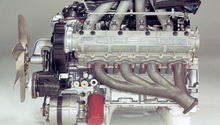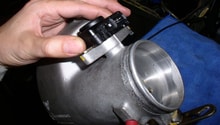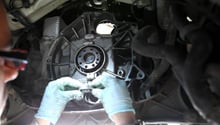Porsche 928: GT Engine Specs
The Porsche 928 GT engine saw only a limited release, but it's still one of Porsche's most powerful and specialized engines. This overview will give you the technical specifications for the GT engine as well as a breakdown of some of the important components.
This article applies to the Porsche 928 (1989-1995).
The Porsche 928 GT engine was not long lived, having lasted only from the 1989 to 1991 model years until it was replaced by the GTS. It was a step up from the S4 engine which was originally released in 1987. It made some remarkable improvements such as generating an additional 10 horsepower up from the S4's 316 HP and is half a second quicker going from 0-60 MPH. The differences between the S4 and GT engines are subtle, but the GT features a different camshaft, head and intake manifold matching, as well as a specialized ECU calibration. The GT engine was only available with a five-speed manual transmission.
General Engine Specifications
- Engine Size: 5.0 L
- Engine Type: M 28/47
- Power: 326 hp
- Torque: 317 ft-lb
- Bore: 100 mm
- Stroke: 78.9 mm
- Bore/Stroke Ratio: 1.27
- Compression Ratio: 10.0:1
- Fuel Injection System: Bosch LH-Jetronic
Component Breakdown
Pistons
Although the piston size for the S4 and GT are about the same, the pistons for the GT engine have a smaller piston dish between the valve pockets to achieve its compression ratio of 10.0:1 in all cylinders. The depth of the dish is about 7 mm. The pistons are fairly large, measuring 62 mm long from the top, and have a weight tolerance of +/- 4 grams.
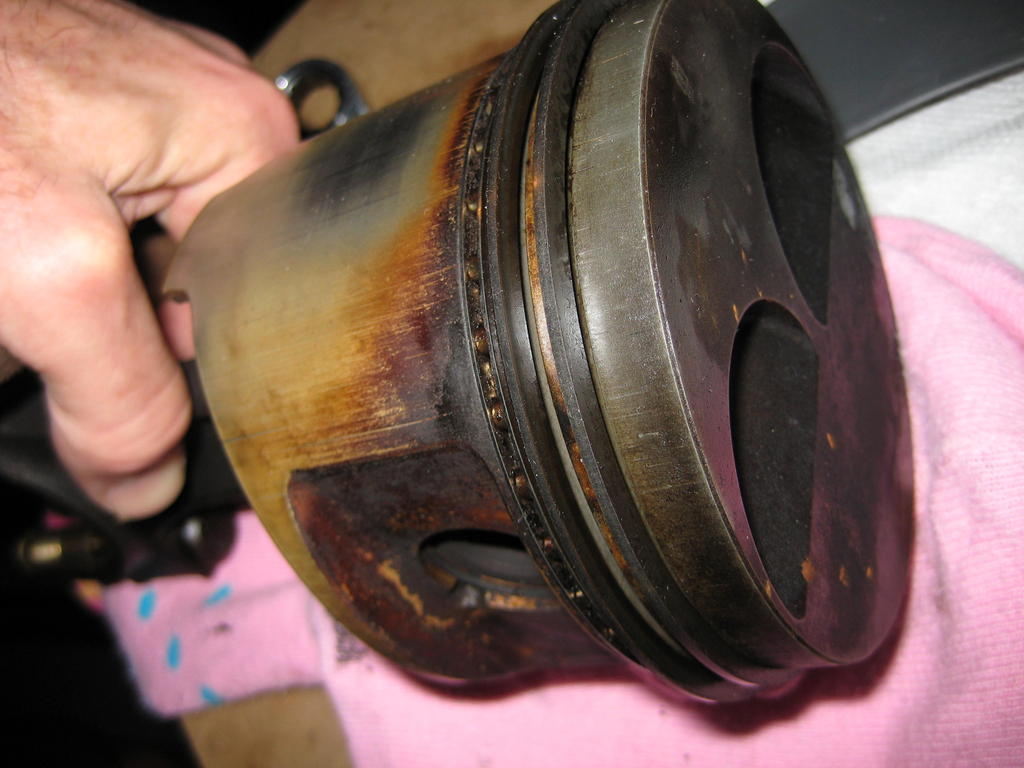
Intake Manifold
The GT engine uses a 4R intake manifold which was used on all late model 928s. What is unique for the GT engine is that its intake manifold included port matching with the cylinder heads. The cylinder heads were hand picked to match up, and this increased the CFM (cubic feet per minute) rate for the intake.

Camshaft
The GT engine uses a hotter camshaft than the standard S4. This increases the lift of the pistons, the duration the valves stay open, and the overlap between the intake and exhaust, which improves the performance of the GT at its top end RPM by allowing more air and exhaust flow in the engine. The trade-off is that you lose a bit of your low end because of the overlap, but many agree it's worth the trade-off as the GT engine provides a much tighter and faster feel than the S4.
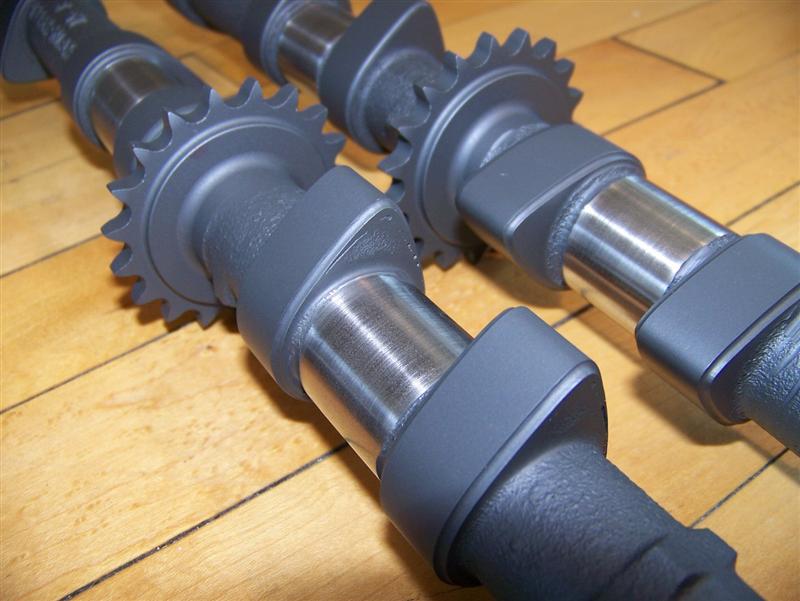
Additional Features
There are features that aren't part of the engine but are closely connected that take advantage of its extra power. The exhaust is lighter and more free-flowing than the standard S4 exhaust and comes with stainless steel piping. It has smaller resonators which gives it a much deeper and satisfying sound.
Another interesting feature that was added for the 1994 GTS was a dynamic kick-down attachment to the engine loom. It can be activated whenever the car is traveling faster than 34 MPH and the throttle valve is more than 24 inches open by rapidly pressing down on the accelerator. It makes the car become much more responsive in its shifting. It can also easily be deactivated by releasing the accelerator or slowing down to where the conditions aren't met.
Related Discussions
- What Makes a GT Engine a GT Engine - Rennlist.com
- M2847 Pistons - Rennlist.com
- 1991 Porsche 928 GT Engine Loom - Rennlist.com
- Porsche 928 S4 vs. GT - Rennlist.com
- Porsche 928 S4 Review - Rennlist.com

